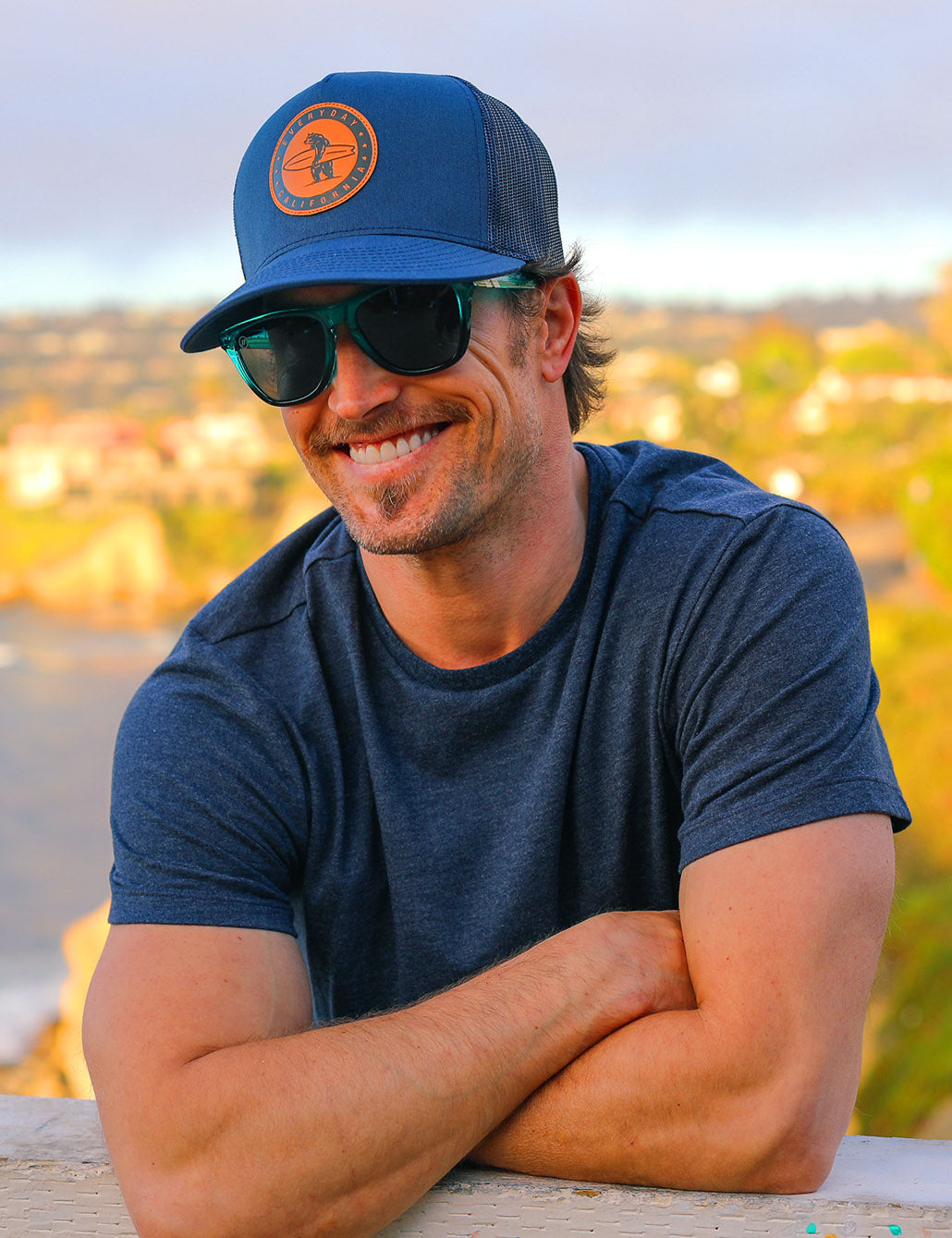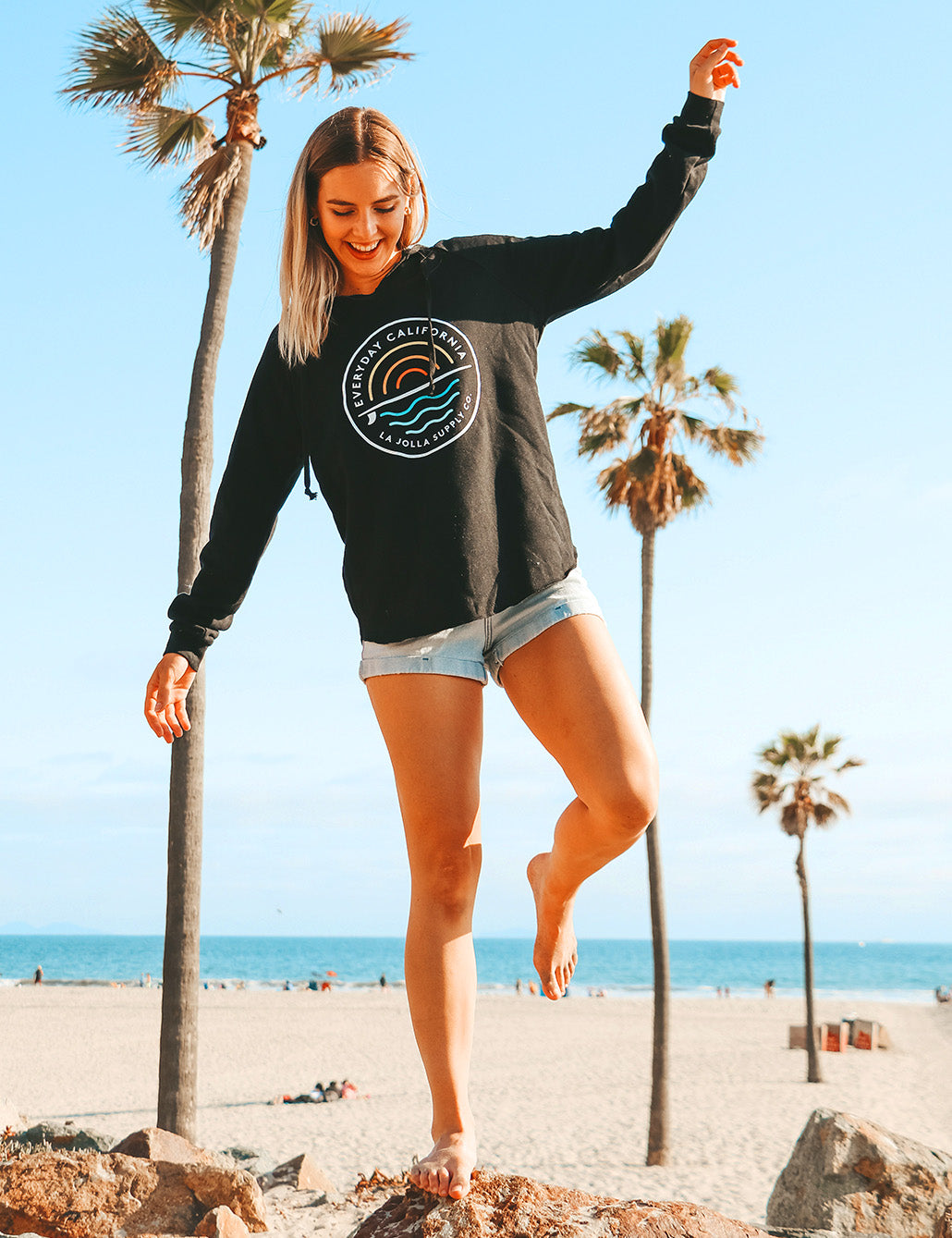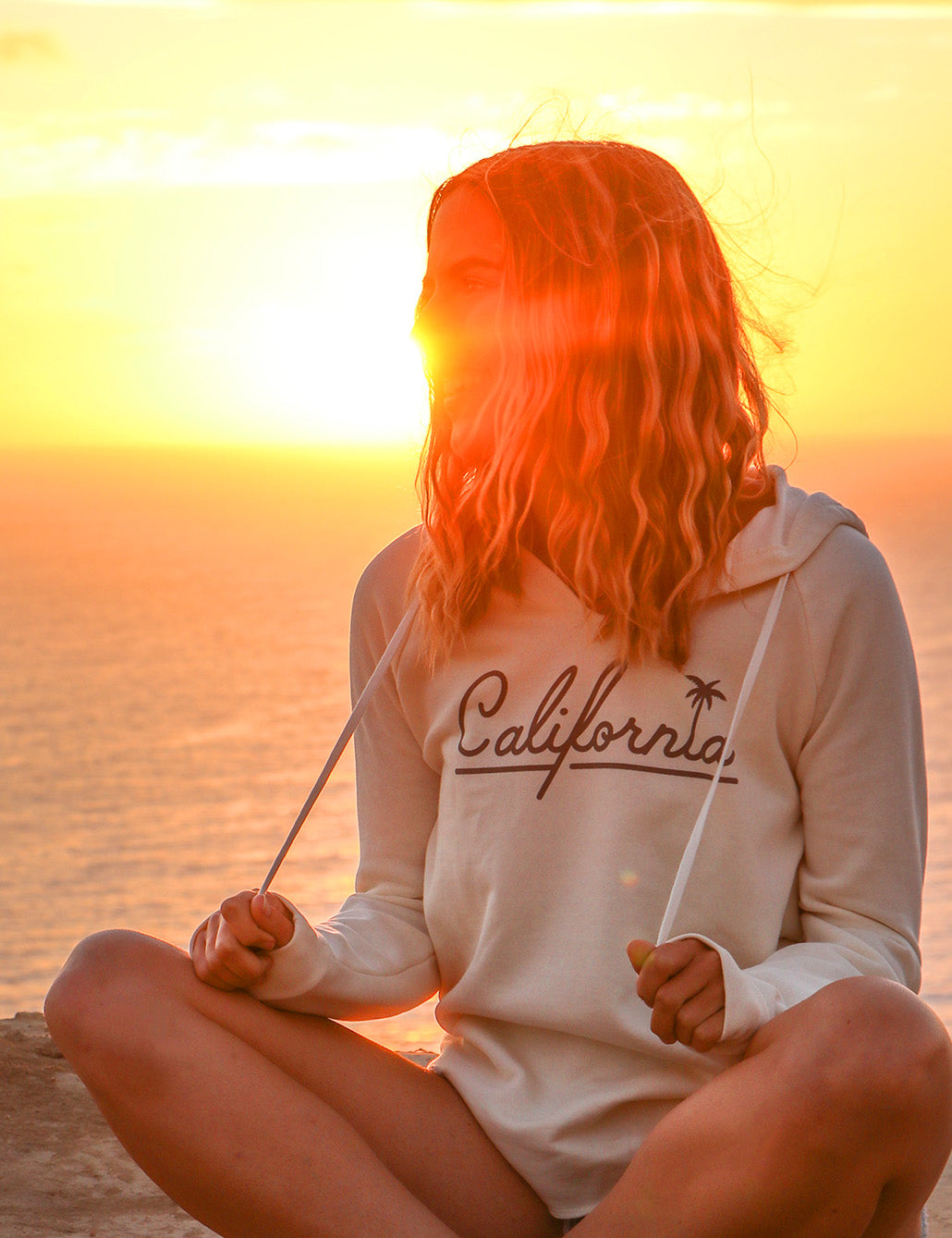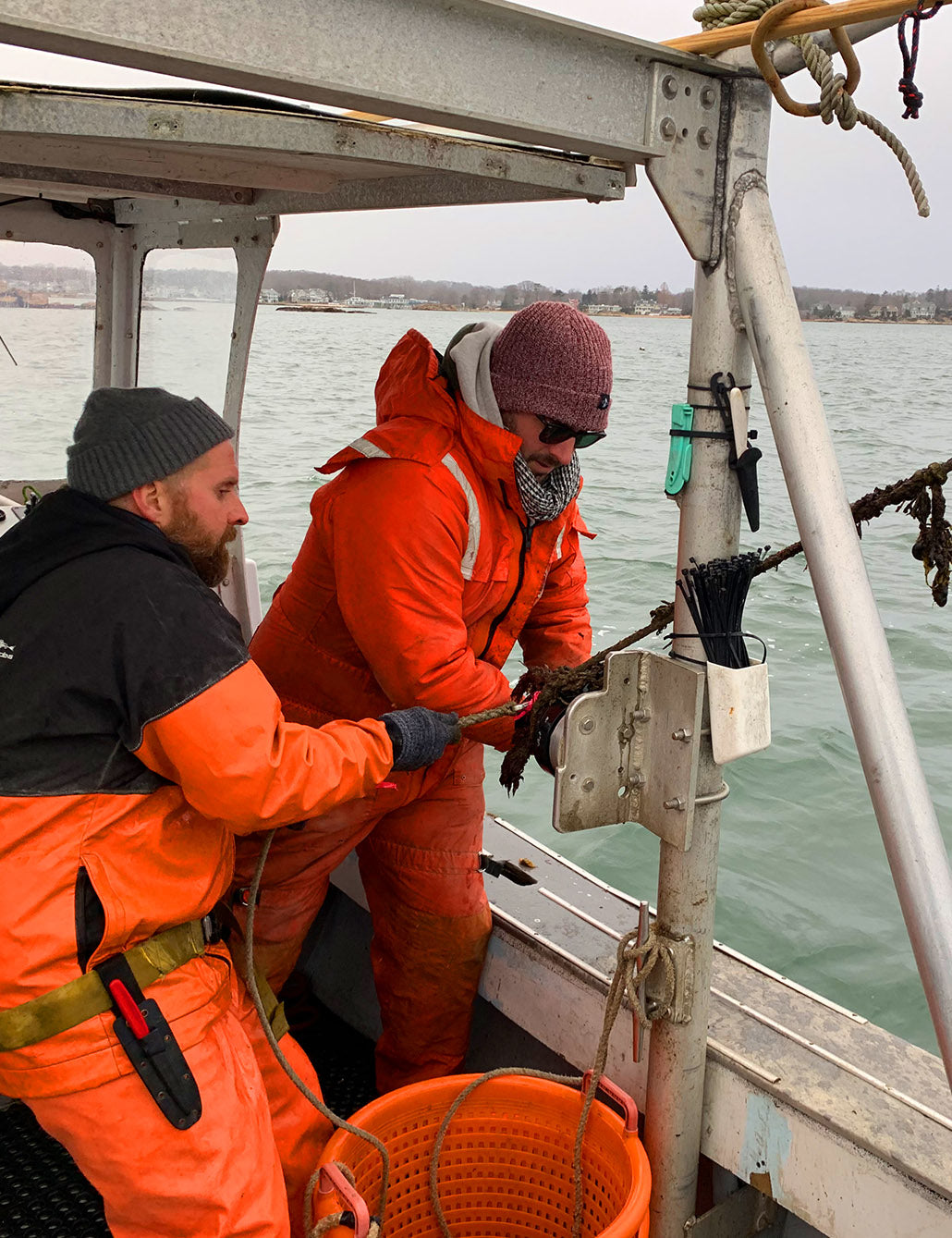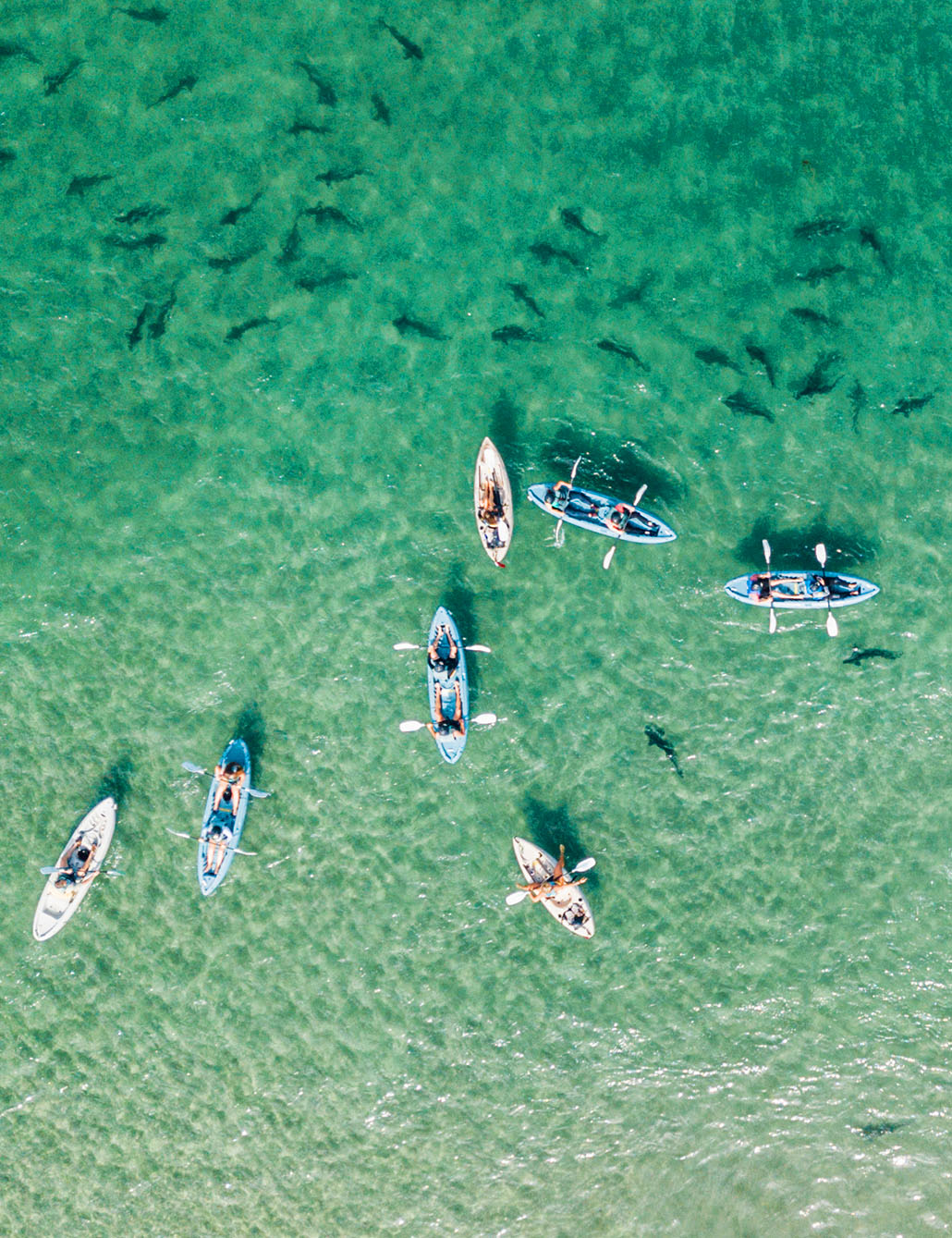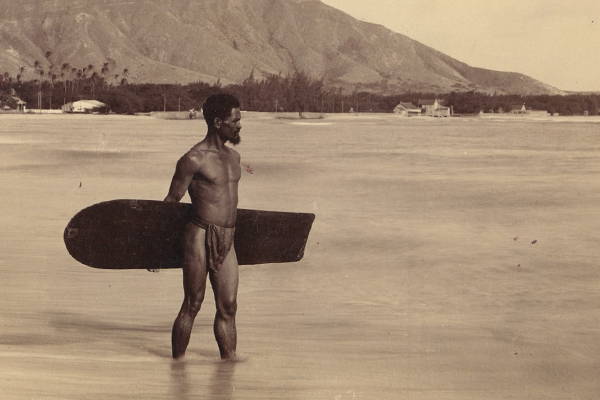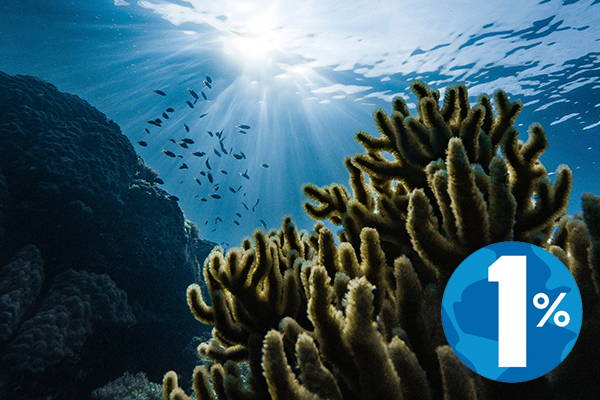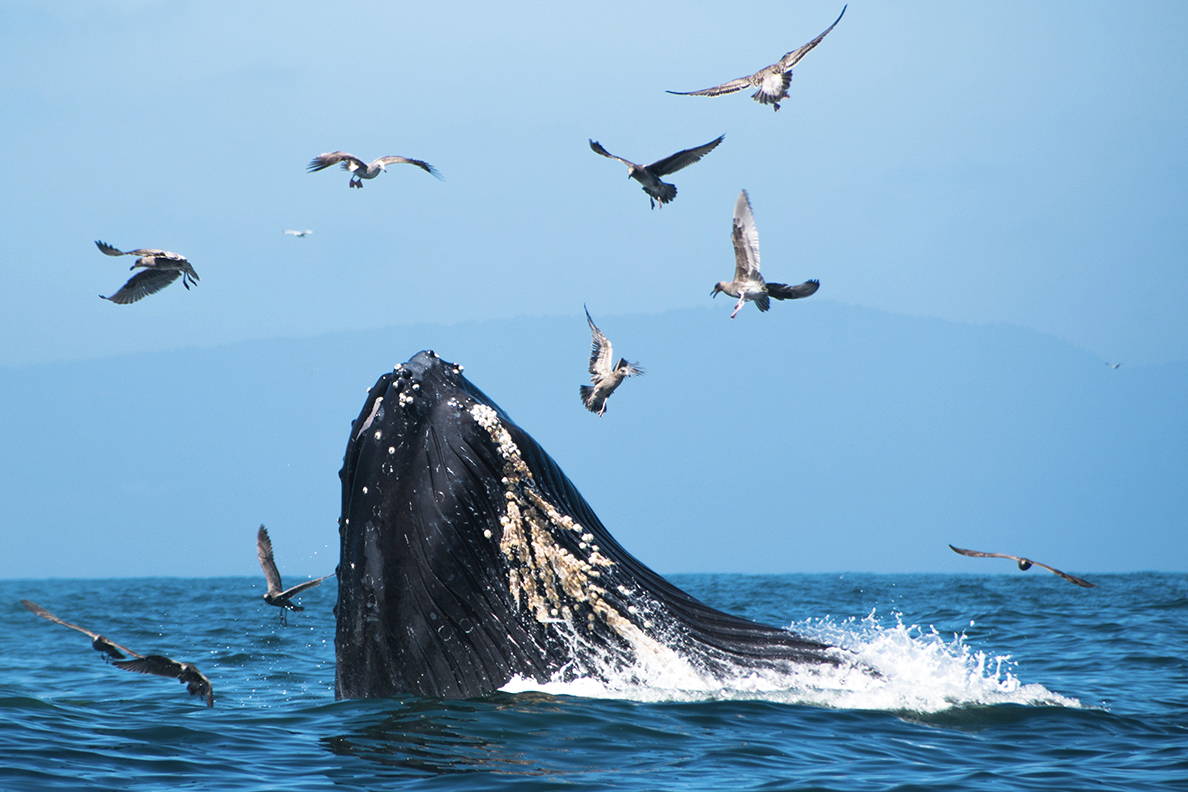By Andrew Iida I Head Writer & Resident EMT
We feel lucky to live in San Diego, where you never have to look far to find the perfect waves for surfing.
Because we work just a few blocks up from La Jolla Shores, which was ranked by Surfline as one of the top 10 places to learn to surf in the entire country, we’re pretty enthusiastic about introducing people to this incredible sport. We’re putting together a series on the basics of surfing for anyone interested in learning more, starting with a detailed look at the sport’s history.
We don’t know for sure when or how surfing was invented, but we know that by the time Europeans first observed the practice in Polynesia, it was already a long-established, key feature of Polynesian culture. Sailors on Captain Cook’s 1777 voyage to Tahiti were delighted by sights of islanders riding waves in their canoes, and amazed the following year when Hawaiians were able to paddle their boards with more speed and agility than Cook’s crew could muster with their full exertion.
Captain Cook’s surgeon, William J. Anderson, wrote, “I could not help concluding, that this man felt the most supreme pleasure, while he was driven on, so fast and so smoothly, by the sea.”

But Native Hawaiians had known about this pleasure for millenia, and valued it so much that they incorporated it into their social structure and spiritual practices. Hawaiian chiefs were typically expert surfers, and spent much of their leisure time in the water.
The skill was so closely tied to the ruling class that common people who demonstrated high levels of surfing mastery were honored in the chief’s courts and were sometimes selected as the chief’s personal advisors. Additionally, the best surfing spots were reserved for members of the nobility, who were the only ones allowed to use the longer, thicker surfboards necessary for large, gently-breaking waves.
The rules of surfing were strictly enforced, and transgressions carried severe punishments. In the 15th century during a surfing contest between two chiefs, the lesser chief dropped in on Umi-a-Liloa, who was destined to become high chief, and scraped some skin from his shoulder. When Umi-a-Liloa assumed the office of high chief, he had the lesser chief killed and sacrificed to his Umi’s god. We’re glad that this tradition hasn’t survived to the modern day, even though we’ve met some high-strung surfers who seem like they’d like to revive the practice.
But as important as surfing was, Hawaii’s culture was about to change in ways that would alter every aspect of their lives. After James Cook’s voyage, European countries took interest in the islands, and shaped Hawaiian culture into a form that they were more comfortable with. The cultural shifts were accelerated by the diseases that Europeans brought to the islands, for which the indigenous people had no immunity.
When Cook arrived, there were between 400,000 and 800,000 Hawaiians, but by the end of the 19th century, the population of Hawaii was reduced to 40,000. To put it in perspective, if the same death rates were seen in the United States today, it would mean over 300 million deaths. It’s easy to understand that this kind of change would result in a radical cultural shift. Calvinist missionaries were able to exert their influence over the surviving Hawaiians, and forbade many traditional cultural practices. In this vastly changed society, surfing fell out of favor.

George Freeth posing with his surfboard

Duke Kahanamoku
In the early 1900’s, there were only a handful of surfers remaining. Fortunately, among them were Hawaiians George Freeth, who would later invent the rescue paddleboard, and Duke Kahanamoku, a gifted athlete who would go on to win five Olympic medals for swimming.
Ironically, although European missionaries were responsible for the decline of surfing in Hawaii, Westerners of the early 20th century sought to revive the sport. In 1907, American writer Jack London described surfing as “the sport of kings” in an article that was published in multiple magazines worldwide during the following four years.
Word spread, and American interest in surfing grew enough that in 1907, Henry Huntington hired George Freeth to perform surfing demonstrations in Southern California, which grew the sport even further. A few years later, the world was primed for Duke Kahanamoku, whose skilled surfing exhibitions helped surfing’s popularity to expand, first in Southern California in 1912 and later in Sydney, Australia in 1914.
If you look at pictures of boards up until this time, you’ll notice that our surfing technology has come a long way. A longboard back then was around 200 lbs and didn’t have any fins, but as surfing became more widespread, people started to innovate new surfboard designs. Tom Blake, inspired to join the sport by Duke Kahanamoku, designed a lightweight board that set 8 new records in a paddling championship in 1930. Five years later, he attached a metal fin, taken from an abandoned speedboat, onto the bottom of his surfboard. Fins were such a game-changer that within two decades, pretty much everybody was using them.

Hawaiian surfer circa 1898 standing with his Alaia surfboard; a thin, round-nosed, square-tailed board ridden in pre 20th-century Hawaii

Surfers at Waikiki
The next major development in surfing came about as a result of difficult circumstances. When the United States entered World War II, many American service members were stationed in Hawaii, where they developed a passion for surfing and helped spread it across the country. Materials like fiberglass and resin were mainly used for the war effort, but after the end of WWII, they became available to surfboard designers. The increased performance of these new boards was so dramatic that we still use the same materials today.
In the following decades, surfing exploded in popularity thanks to media exposure from movies like Gidget and bands like The Beach Boys. Surf magazines were founded, surf competitions began to be offered around the world, and a tradition that was nearly lost forever has become a global phenomenon with no signs of slowing down.
Today, surfing is a major sport enjoyed by more than 30 million people worldwide, and has become such a huge part of our global culture that the International Olympic Committee voted unanimously to make surfing an event in the 2020 Summer Olympic Games. Professional surfers boast multi-million dollar salaries, and California brought in $140 billion in surf tourism in 2018.

We’re excited to find out what the future of surfing will look like, and there are a few things we’re keeping our eyes on. In the last few years, one of the latest developments in surfboard design has been the rise of “side-cut” surfboards, which are narrower in the middle of the board, giving it a slight hourglass shape. They take some getting used to, but once you get a feel for it, you’ll enter a new level of shortboard performance with faster speeds and tighter turns.
We’re also interested in the fusion of technology into the sport. Surfers are beginning to use autonomous drones programmed to follow them along the waves, and Samsung has a prototype surfboard that connects to a Galaxy phone to display information on a screen built into the board.
But for now, we’re happy surfing the same way people have been doing it for thousands of years. We don’t need the awards, money, or expensive gadgets; just give us a board, a beach, and a nice swell. Surfing’s history is deep and beautiful. Maybe it’s time to find your place within it.
Check out the rest of our Surfing 101 series here!

